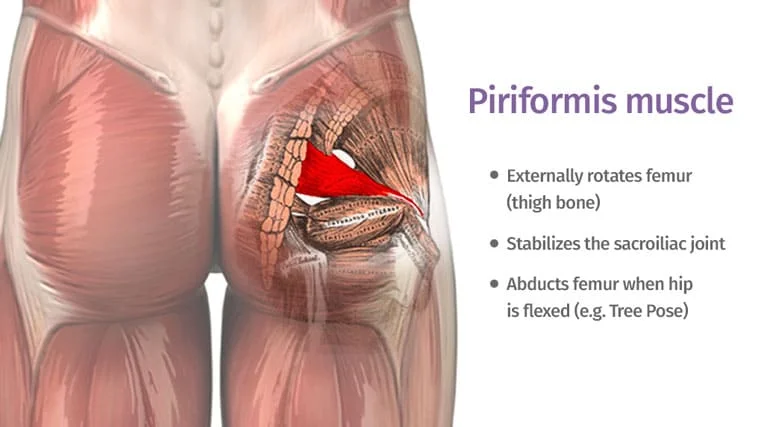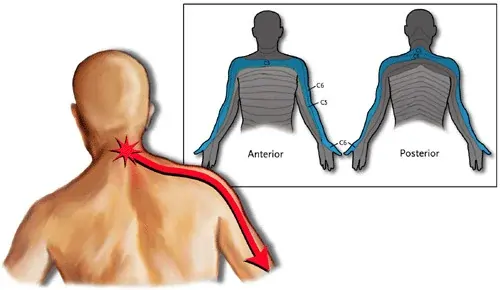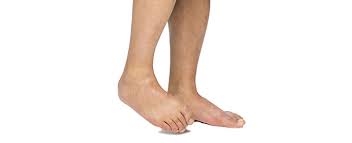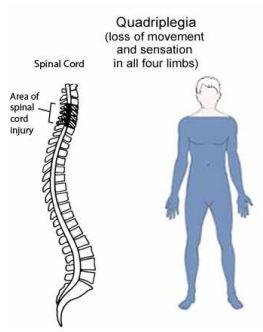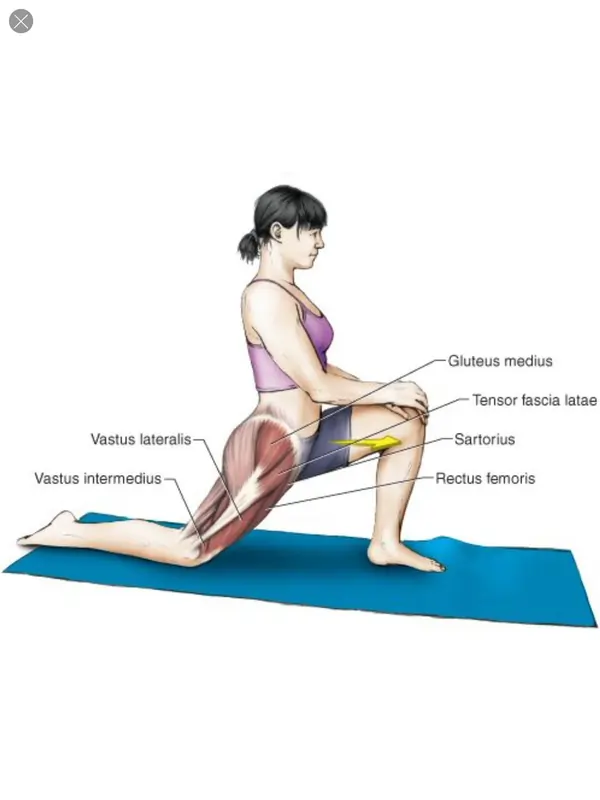Little League Elbow: Physiotherapy Treatment, Exercise
What Is Little League Elbow? ANATOMY of the elbow: What Causes Little League Elbow? Who Gets Little League Elbow? Signs & Symptoms of the Little League Elbow? Various sides of injuries in Little League Elbow: Medial side injuries: Presentation depends on age: Signs/Symptoms: Lateral side injuries : Panner’s disease Signs/Symptoms: OCD Signs/Symtoms: Posterior injuries: Risk…


